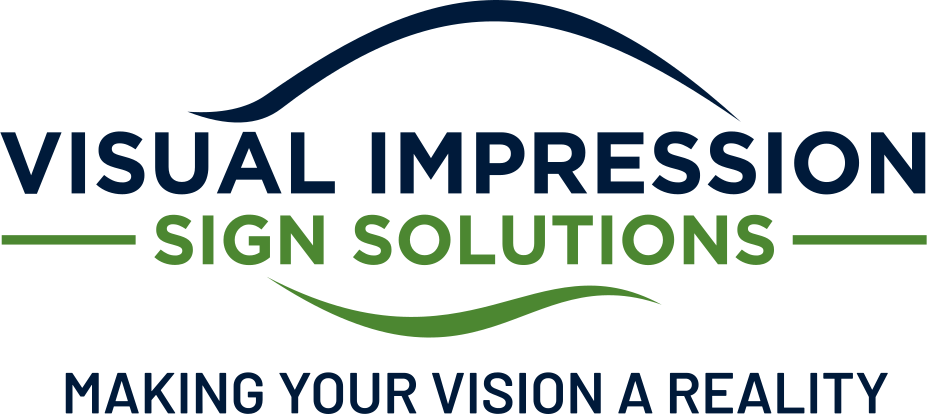
The first step is a consultation with our sign design experts, where we learn what you want the mural to look like, any themes you want to convey, colors, and the overall feel. A large mural can easily overpower a small room, so size is important, too.
Then, we create a sample of what your mural will look like using computer design software. We can create multiple options based on the info you provided for us. We show it to you and see if you want any changes.
Choosing the Murals Location
Selecting the ideal spot for your mural is important. In your building, if you have high-traffic areas like lobbies or hallways, these can be a good place because they offer high visibility and can transform the feel of frequently traveled places.
The location not only depends on visibility but also on the wall’s suitability for installation. While murals don’t require studs or load-bearing walls like other types of signs, the wall should work well for the size and have the right surface texture and lighting conditions.
Pre-Installation Wall Inspection
Our team conducts a thorough inspection of the wall to ensure that the surface is smooth and free from any damage or irregularities like dips that could affect the mural’s appearance.
We patch up nail holes or smooth out any cracks in the paint. If there is major damage to the wall and we don’t think a mural will work well in that location, we can suggest a new location for you.
Installation Process
- First, we unroll the material to help flatten it out and give it time to adjust to the room’s temperature and humidity to prevent any shrinkage or expansion after installation.
- Starting from one corner of the wall, we start with the first panel using laser levels and to ensure each panel is perfectly aligned.
- We tack the top of the mural in place while the rest is rolled down and then smoothed out from the center towards the edges using squeegees to eliminate any air bubbles and wrinkles.
- As each part is affixed to the wall, we make sure the seams where the panels meet are lined up perfectly. Overlaps are adjusted to ensure that the seams are invisible.
- We trim any excess material at the edges, corners, and around fixtures using sharp blades.
- Finally, we inspect the entire mural for any issues, such as small air bubbles or misalignments.

